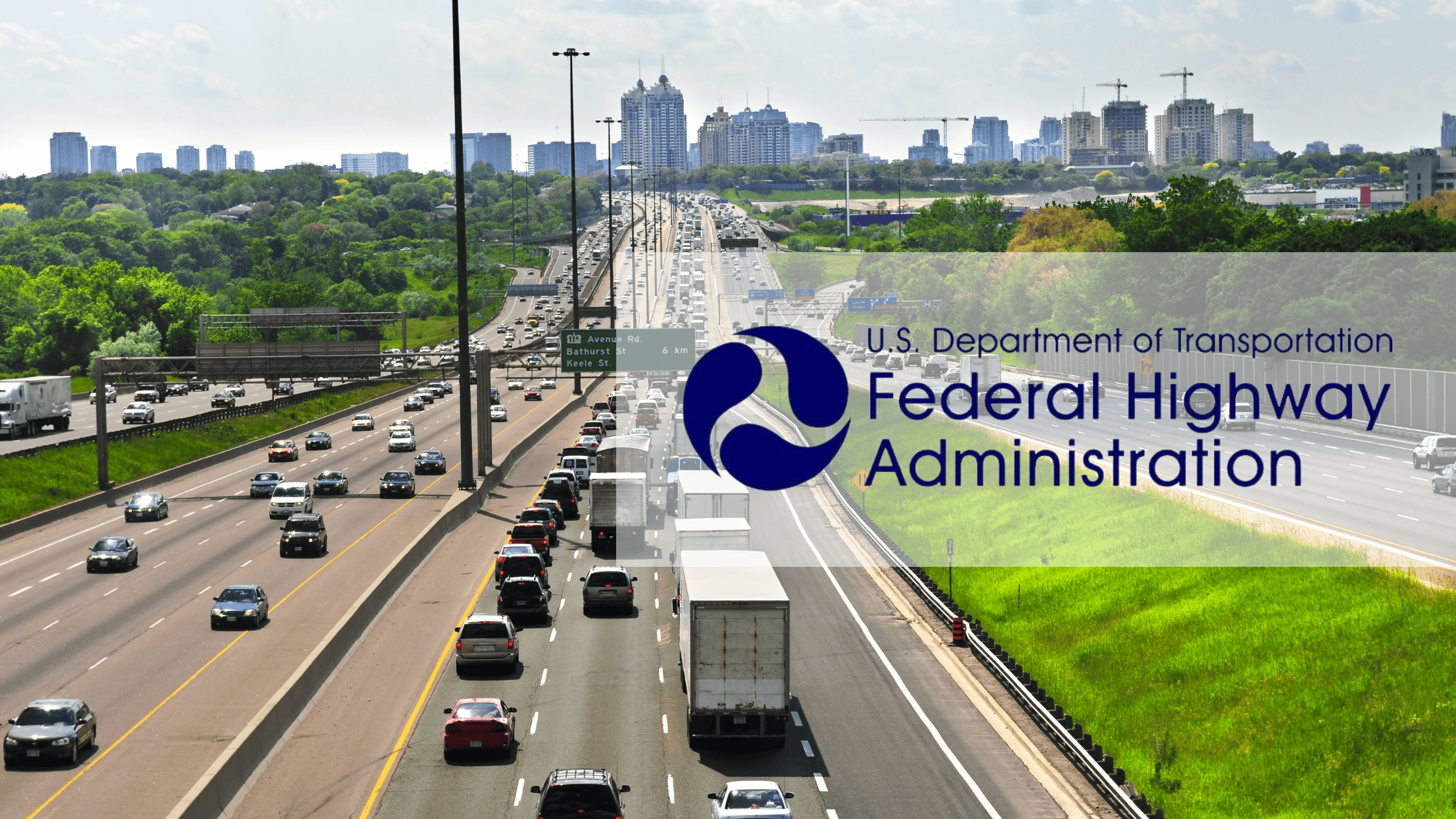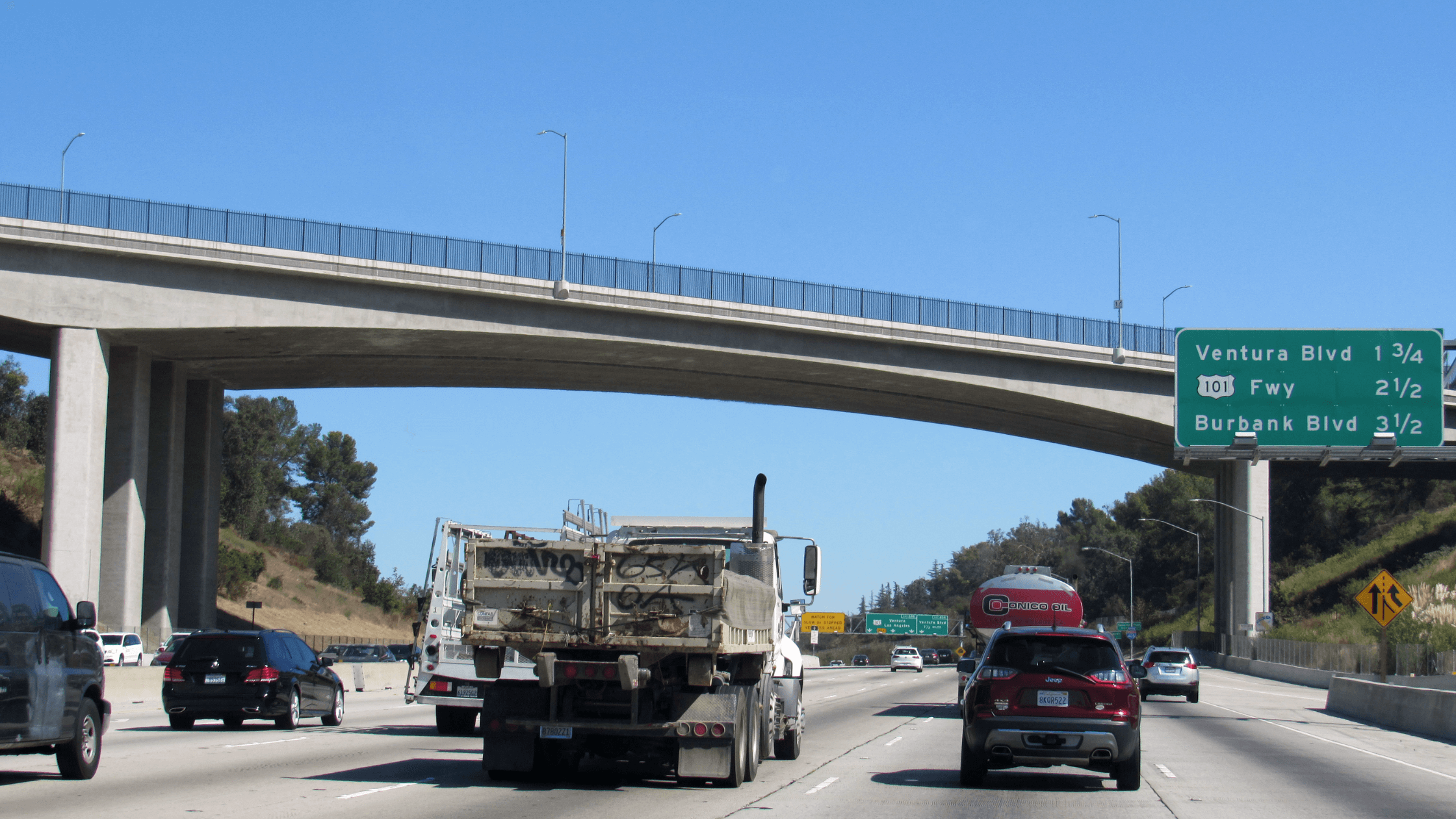
FHWA invests $7.6 million in tech to enhance infrastructure safety and sustainability
December 17, 2024
The Federal Highway Administration’s $7.6 million grant will give transportation departments access to the latest tech to improve road infrastructure.

California commits nearly $4B to revitalize transportation infrastructure
November 21, 2024
California invests almost $4 billion to upgrade trains, roads, bridges, and pathways, paving the way for safer, greener transportation.



